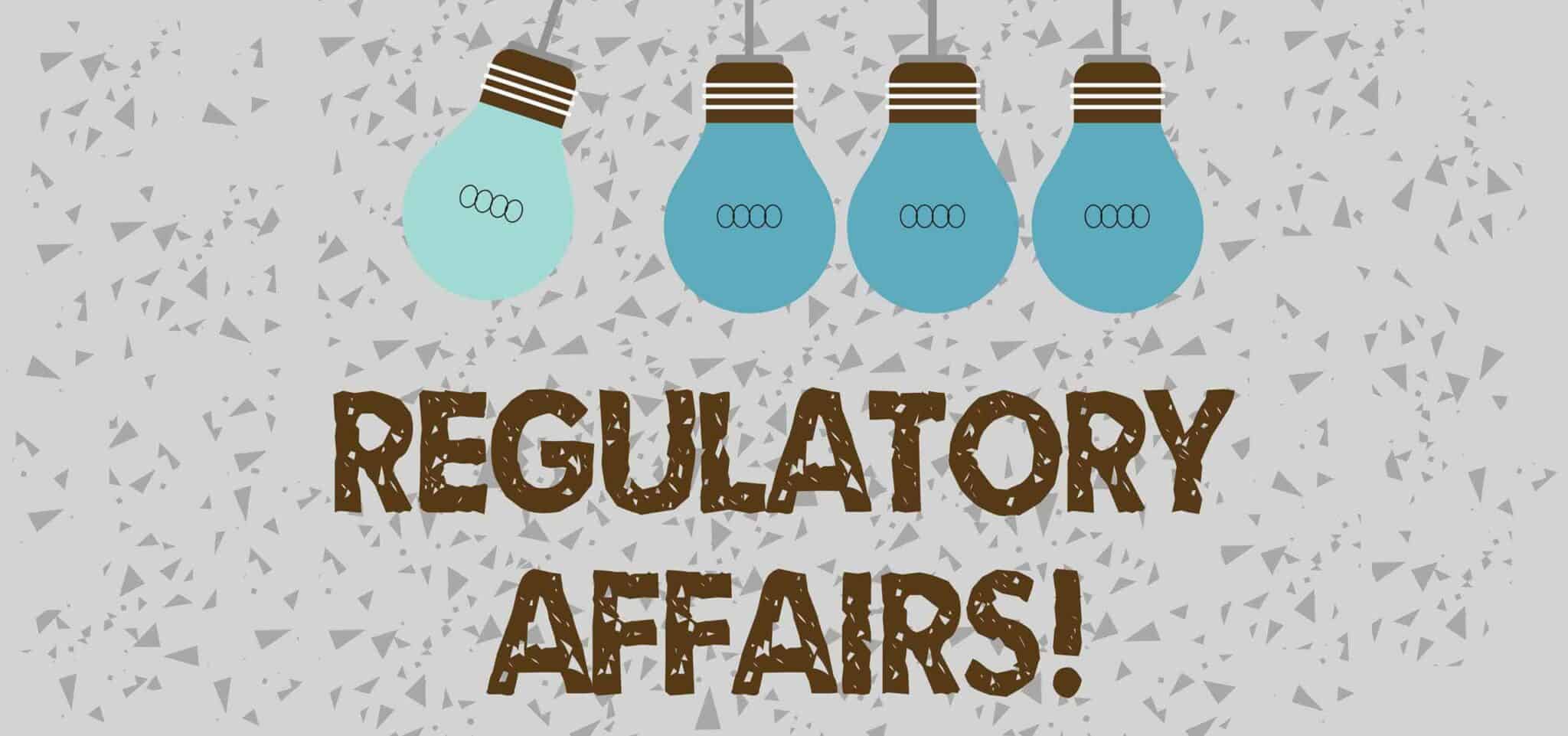Collaboration Between Regulatory and Clinical Teams
Collaboration Between Regulatory and Clinical Teams
Blog Article

In the ever-evolving landscape of healthcare and pharmaceuticals, the intersection between regulatory affairs and clinical teams has emerged as a crucial focal point. As organizations strive to bring innovative therapies and medical devices to market, the collaboration between these two entities becomes essential for navigating the complexities of compliance and ensuring that patient safety remains paramount. Regulatory affairs professionals are tasked with understanding and interpreting the intricate regulations that govern the industry, while clinical teams focus on generating the data needed to support product efficacy and safety claims.
By fostering a strong partnership between regulatory and clinical teams, organizations can streamline processes, reduce time to market, and enhance the quality of submissions to regulatory authorities. Effective communication and a shared understanding of each team’s objectives can lead to more efficient trial designs, clearer regulatory pathways, and ultimately, successful product launches that align with both regulatory requirements and patient needs.
Importance of Collaboration
Collaboration between regulatory and clinical teams is essential for the successful development and approval of new medical products. Regulatory affairs professionals are responsible for ensuring that all clinical trials and submissions meet the required guidelines and standards, which can vary by region and regulatory body. By working closely with clinical teams, regulatory professionals can provide invaluable insights into regulatory requirements early in the development process, helping to streamline timelines and reduce potential delays.
When regulatory and clinical teams collaborate, they foster a better understanding of each other's roles and challenges. This exchange of knowledge leads to improved communication, which is crucial in navigating the complexities of drug development. For instance, regulatory teams can update clinical teams on evolving regulations, while clinical experts can provide regulatory professionals with information about trial designs and outcomes that may influence regulatory strategies. This mutual support ultimately leads to more robust submissions and a higher probability of successful approval.
Moreover, fostering a culture of collaboration can lead to enhanced innovation in clinical development. With input from regulatory affairs, clinical teams can design studies that not only meet scientific and ethical standards but also align with regulatory expectations. This proactive approach reduces the risk of receiving feedback that might necessitate major revisions late in the process, thereby enhancing the efficiency and effectiveness of the development cycle. Overall, collaboration between regulatory and clinical teams lays a strong foundation for successful product development and patient safety.
Challenges in Regulatory-Clinical Teamwork
One significant challenge in the collaboration between regulatory and clinical teams is differing priorities and timelines. Clinical teams often focus on patient safety and efficacy, aiming to conduct trials that provide the best outcomes for subjects. In contrast, regulatory teams are primarily concerned with compliance and meeting submission deadlines, which can sometimes lead to friction. When clinical teams push for extensive testing or modifications to protocols, regulatory teams may feel pressure to expedite processes to meet their timelines, creating a potential conflict between thoroughness and speed.
Communication barriers also pose a substantial challenge in regulatory-clinical teamwork. Each group uses specialized language and concepts that may not be easily understood by the other. This can result in misunderstandings or misinterpretations of information, ultimately affecting decision-making and strategy. When both teams operate in silos, it can hinder the thorough exchange of crucial data and insights that are necessary for both compliance and successful trial execution.
Regulatory Affairs Training
Lastly, a culture of collaboration may not always be present, impacting teamwork dynamics. In environments where departments work independently, collaboration can be viewed as an additional burden rather than a beneficial process. Regulatory professionals may feel disconnected from the clinical aspects of trials, while clinical staff may lack an appreciation for the regulatory processes in play. Fostering a culture that values teamwork and integration between these groups is essential to overcoming these challenges, encouraging a shared vision for success that aligns regulatory compliance with clinical excellence.
Best Practices for Effective Collaboration
Fostering effective collaboration between regulatory and clinical teams requires clear communication channels. Regular meetings and updates can ensure that both teams are aligned on project goals and timelines. Using collaborative tools and platforms can help streamline information sharing, allowing both teams to stay informed about regulatory changes, clinical trial progress, and compliance requirements. Establishing a culture of open communication encourages team members to voice concerns and ask questions, leading to a better understanding of each other's roles and objectives.
Establishing mutual respect and understanding is crucial for effective teamwork. Regulatory professionals should take the time to understand clinical development processes and the challenges the clinical team faces. Similarly, clinical teams should be educated on regulatory requirements and the importance of compliance in ensuring patient safety and product approval. Workshops or joint training sessions can be beneficial for bridging the knowledge gap between the two teams, promoting a cooperative environment focused on shared goals.
Lastly, defining roles and responsibilities clearly can minimize misunderstandings and promote accountability. Both teams should work together to create a collaborative project plan that outlines specific tasks, deadlines, and points of contact. This structured approach not only enhances efficiency but also creates a sense of ownership among team members. By recognizing each team’s contributions and integrating their expertise, organizations can achieve better outcomes in the regulatory landscape while ensuring that clinical objectives are met efficiently.
Report this page